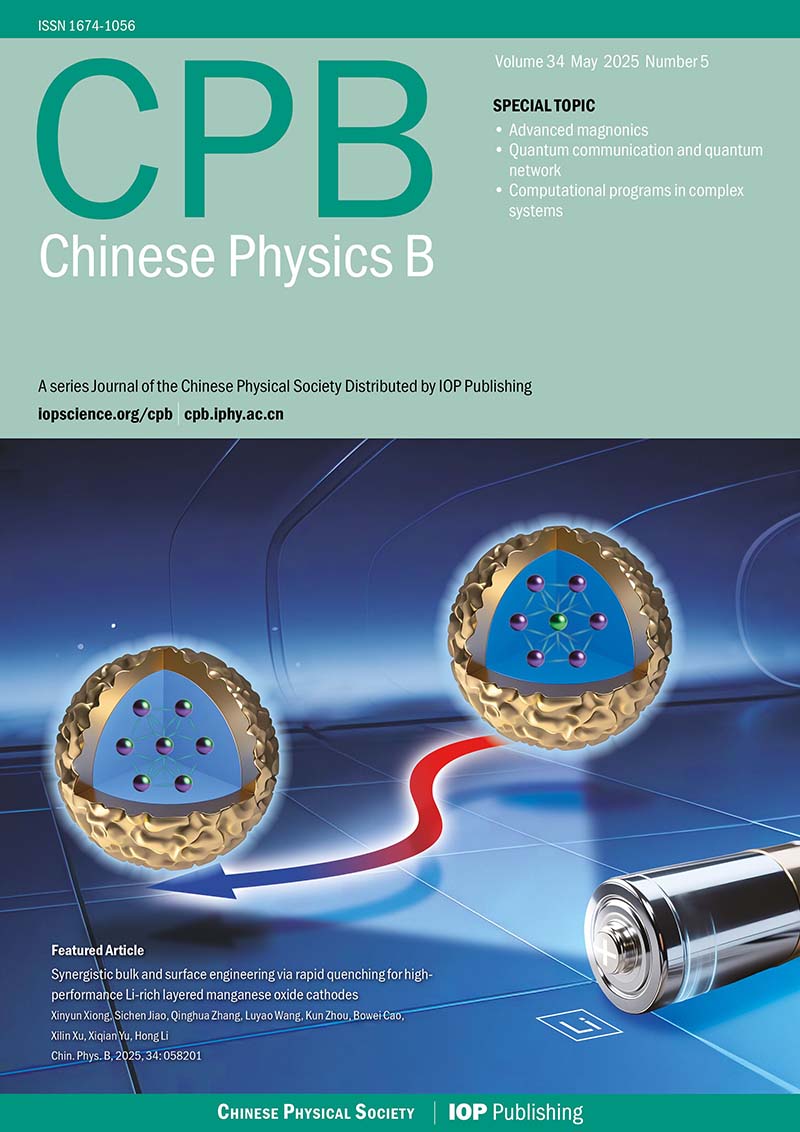Approximate expression of Young's equation and molecular dynamics simulation for its applicability
-
Key words:
- molecular dynamics simulation /
- Young's equation /
- surface tension /
- Zhu–Qian approximate for-mula of Young's equation
Abstract: In 1805, Thomas Young was the first to propose an equation (Young's equation) to predict the value of the equilibrium contact angle of a liquid on a solid. On the basis of our predecessors, we further clarify that the contact angle in Young's equation refers to the super-nano contact angle. Whether the equation is applicable to nanoscale systems remains an open question. Zhu et al. [College Phys. 47 (1985)] obtained the most simple and convenient approximate formula, known as the Zhu–Qian approximate formula of Young's equation. Here, using molecular dynamics simulation, we test its applicability for nanodrops. Molecular dynamics simulations are performed on argon liquid cylinders placed on a solid surface under a temperature of 90 K, using Lennard–Jones potentials for the interaction between liquid molecules and between a liquid molecule and a solid molecule with the variable coefficient of strength a. Eight values of a between 0.650 and 0.825 are used. By comparison of the super-nano contact angles obtained from molecular dynamics simulation and the Zhu–Qian approximate formula of Young's equation, we find that it is qualitatively applicable for nanoscale systems.

 首页
首页 登录
登录 注册
注册






 DownLoad:
DownLoad: